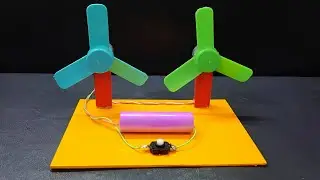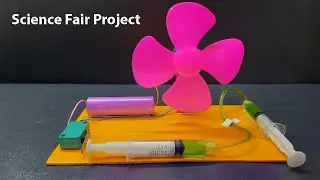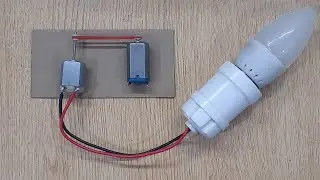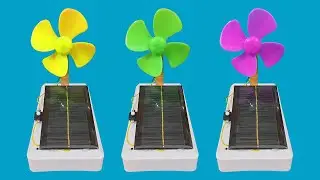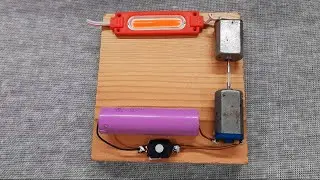LDR Explained | How Light Dependent Resistors Work
LDR Explained | How Light Dependent Resistors Work Energy Tricks #energytricks
Introduction to LDR (Light Dependent Resistor)
A Light Dependent Resistor (LDR), also known as a photoresistor, is a unique electronic component that changes its resistance based on the amount of light falling on it. It is widely used in various applications, from automatic lighting systems to light-sensitive alarms. Understanding how an LDR works can help in designing efficient light-sensing circuits for different practical uses.
How Does an LDR Work?
The core principle behind an LDR is the photoelectric effect, where the resistance of the material decreases as the intensity of light increases. In darkness or low light conditions, the LDR has high resistance, limiting the flow of current. However, when exposed to bright light, the resistance drops significantly, allowing more current to pass through. This property makes LDRs highly effective in light-sensitive circuits.
Construction and Types of LDRs
LDRs are typically made from semiconductor materials such as cadmium sulfide (CdS) or lead sulfide (PbS). These materials are highly sensitive to light and are designed in a zigzag pattern to increase their surface area for better light absorption. There are two main types of LDRs: intrinsic and extrinsic. Intrinsic LDRs use pure semiconductors, while extrinsic LDRs are doped with impurities to enhance their light sensitivity in different wavelengths.
Applications of LDRs in Everyday Life
LDRs are used in a wide range of applications, particularly in automatic systems where light levels need to be monitored and controlled. Some common applications include:
Street lighting – Automatically turning lights on at night and off in daylight.
Light-sensitive alarms – Triggering alarms based on light changes, such as in security systems.
Photography exposure control – Adjusting camera shutter speeds based on ambient light.
Solar trackers – Helping solar panels follow the sun for maximum efficiency.
Smart homes – Used in automated lighting systems and electronic gadgets.
LDR in Electronic Circuits
LDRs are commonly integrated into circuits with components like resistors, transistors, and operational amplifiers to create light-sensitive devices. For example, an LDR can be paired with a relay switch to turn on a lamp when it gets dark. Additionally, when used with a microcontroller like an Arduino or Raspberry Pi, LDRs can help create advanced automation projects such as smart streetlights and IoT-based light control systems.
Advantages and Limitations of LDRs
One of the biggest advantages of LDRs is their simple and low-cost nature, making them ideal for budget-friendly electronic projects. They are also highly reliable and require minimal maintenance. However, LDRs have some limitations, such as slow response time compared to photodiodes and phototransistors. Additionally, they may not work effectively in extreme environmental conditions, such as very high temperatures or excessive humidity.
Conclusion: Why LDRs Are Important?
LDRs play a crucial role in modern electronics, making automation and smart technology more efficient. From energy-saving applications to security systems, their ability to detect light variations makes them a key component in various industries. Whether you're a beginner learning about electronics or a professional designing light-sensitive circuits, understanding LDRs can help you create smarter and more efficient solutions.








